Plastic Pollution Present on Easter Island’s Beaches
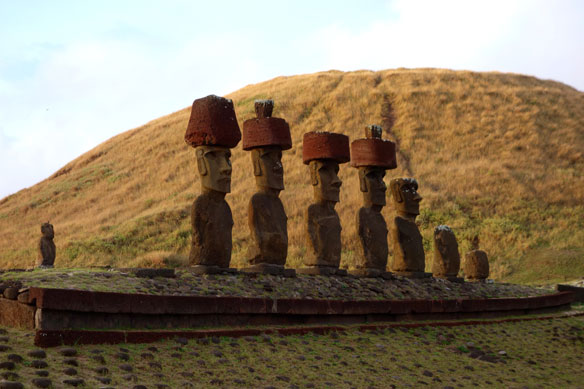
Easter Island, was the end point of a team of journalists’ trip with the 5 Gyres latest project, exploring plastic pollution in the South Pacific ocean. Upon arrival to one of the world’s most isolated pieces of habitable land, it was not long before the effects of human impact were seen: plastic pollution is taking place on Easter Islands: on the beaches.
Record trash haul from New Jersey beaches
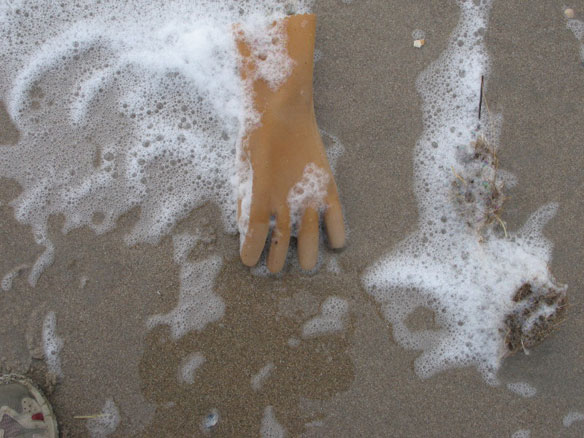
In their Annual Beach Sweep report for 2010, released Tuesday, the environmental organization Clean Ocean Action, paints a grim picture of New Jersey beaches. The report broke down the 475,321 pieces of trash its 8,372 volunteers removed from New Jersey beaches during two statewide clean-up events last year.
New Caledonia’s Lagoon: Better Understanding for Better Protection
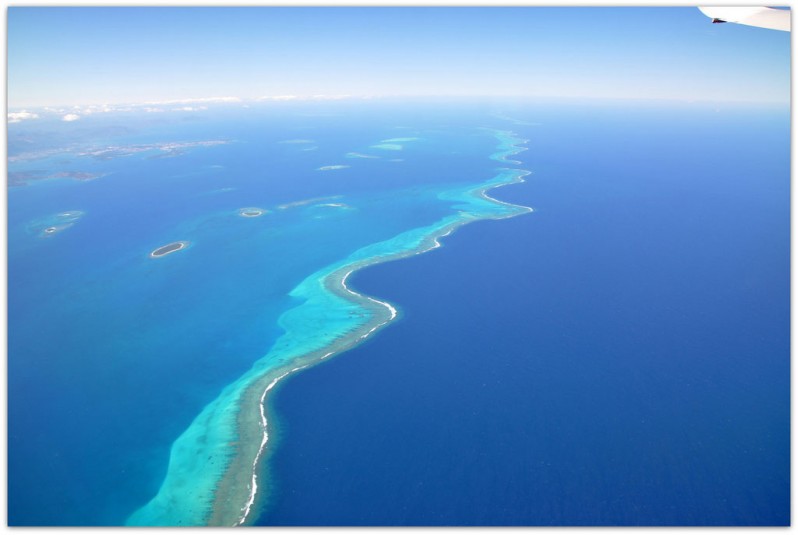
New Caledonia possesses the second largest coral reef lagoon on Earth and harbours an exceptional biodiversity. The island is also the world’s third most important nickel producer. Ore extraction over the 20th Century has in places tripled the input of sediments and accompanying pollutants, such as metals, in the marine environment.
3,200 Gulf wells unplugged, unprotected lie abandoned beneath the Gulf of Mexico

More than 3,200 oil and gas wells classified as active lie abandoned beneath the Gulf of Mexico, with no cement plugging to help prevent leaks that could threaten the same waters fouled by last year’s BP spill. These wells likely pose an even greater environmental threat than the 27,000 wells in the Gulf that have been plugged and classified officially as “permanently abandoned” or “temporarily abandoned.”
Hundreds of Barrier Islands Newly Identified in Global Survey
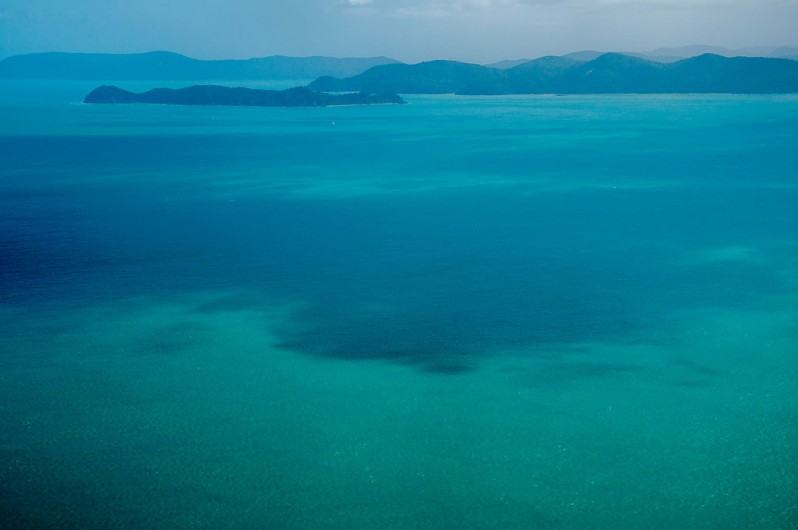
Earth has 657 more barrier islands than previously thought, according to a new global survey by researchers from Duke University and Meredith College. Barrier islands help protect low-lying mainland coasts against erosion and storm damage, and can be important wildlife habitats.
Tsunami Warnings, Written in Stone

Hundreds of so-called tsunami stones, some more than six centuries old, dot the coast of Japan, standing in silent testimony to the past destruction that these lethal waves have frequented upon this earthquake-prone nation. But modern Japan, confident that advanced technology and higher seawalls would protect vulnerable areas, came to forget or ignore these ancient warnings, dooming it to repeat bitter experiences when the recent tsunami struck.
BP Oil Spill, One Year On: Forgetting the Lessons of Drilling in the Gulf
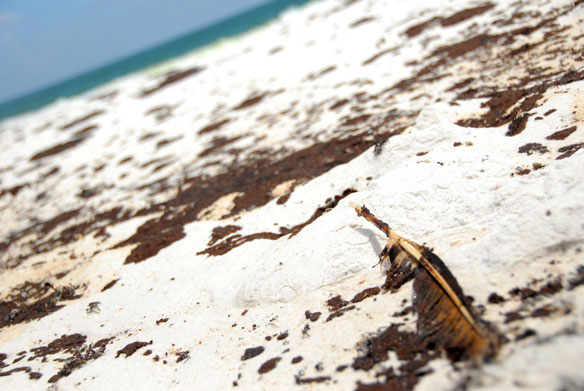
One year after the BP oil spill began, spurring 4.9 million barrels of oil into the Gulf of Mexico, making it the largest oil spill in U.S. history, it’s still far from certain that deepwater drilling has become much safer, as the environmental impact remains uncertain.
Concerns Over Sand Mining and Beaches Alterations, Chennai Coast, India
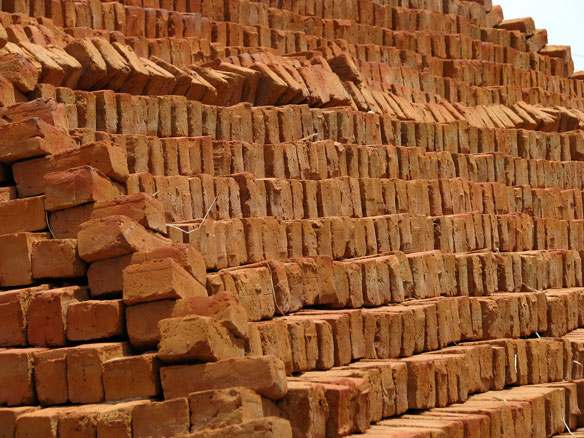
With the new Coastal Regulatory Zone (CRZ) 2011 notification, exploiting the coastline of Chennai, East of India, becomes that much more difficult. But loop holes are found everywhere, and concerns mount over sand mining and other alterations of the beaches’ natural state.
Japan Quake Caused Surprisingly Severe Soil Collapse

Near coastlines, harbors and rivers, earthquakes can make the wet, sandy soil jiggle, turning it temporarily from a solid to a liquid state, a process known as liquefaction. Japan’s soil liquefaction occurred over hundreds of miles, surprising even experienced engineers who are accustomed to seeing disaster sites, including from the recent earthquakes in Chile and New Zealand.
